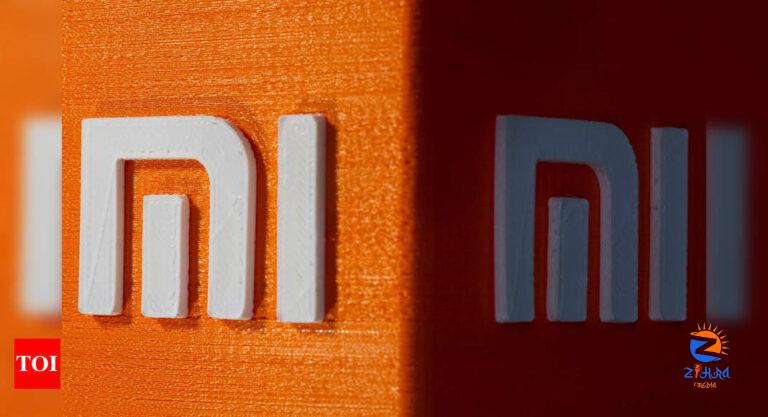
[ad_1]
At the event, Xiaomi announced that they have concluded a framework regarding the development and engineering of the camera for smartphones “co-engineered with Leica”. “The objective of this partnership is the joint development of innovative solutions in the smartphone camera module segment as well as the optimisation of optical performance,” the company said.
As a part of this tie-up, the two companies aim to “bring together the best of both worlds, integrating Lecia’s imaging capabilities into Xiaomi’s products to present an elevated user experience.”
Representatives from the companies also talked about the collaboration between Leica and Xiaomi saying that engineers from both companies visit each others’ campuses and work together as one R&D team. There was a Xiaomi 12S Ultra concept phone, co-engineered with Leica, on display.
Gadgets Now TOI sat with Marius Eschweiler, vice president, Business Unit Mobile at Leica Camera AG and Anuj Sharma, chief marketing officer at Xiaomi India, to talk more about the need for such partnerships in smartphone photography.

Xiaomi’s future plans with Leica
Sharma confirmed to Gadgets Now TOI that as a part of its long-term partnership, it plans to launch more smartphones co-engineered with Leica’s imaging technology in the coming months. However, he did not share the details on the same. “There are a few more things to iron out and you should have something very, very spectacular for the Indian markets,” Sharma said.
Computation photography to take centre stage?
Computation photography to take centre stage?
Replying to a question on the importance of computational photography in today’s world where traditional photography is slowly taking a backset, Eschweiler said that computational imaging will definitely take a larger space in the future.
“Computational photography is needed not only for improving image quality but also making photography easier. So it enables consumers – who are not so familiar with the interplay between aperture and shutter speed and ISO settings – to click images. That’s why I believe in smartphone cameras, the computational imaging part will definitely play a bigger role than as of today,” Eschweiler told Gadgets Now TOI.
He also junked the idea of smartphone cameras replacing components like lenses and hardware obsolete.
When it comes to smartphones, Sharma said Xiaomi wants to continue to push the limits of what is possible from a physics perspective. He says that smartphones must have the right hardware to make photography from phones better.
“You have to get better sensors to get more data input..and then your computational photography will kick in where it makes it even better. So it has to be going hand in hand. Anytime something goes beyond the other side, you will see a mismatch. So if you spend too much in terms of getting the right hardware, but without the right computational photography, you’ll not get the right results and without the right hardware, it’s going to hit a bottleneck,” he added.
Consumer demand a priority
When asked about the need for hardware and software in today’s smartphone models, Sharma said a combination of both is needed to form the image that’s going to be acceptable for the consumer. He said it’s the customers who decide what we offer.
“From the application perspective, it’s what the consumers are looking for. So, if an image is not going to be printed and it’s just a small snapshot that you want to put on social media, we can get that with minimal computational photography but then if you want something which is spectacular and you want to print it, then it will have to also kind of compensate for the physics aspect of it,” Sharam explained.
Eschweiler echoed Sharma’s comments saying it is difficult to give an exact percentage number of how much computational photography is needed to make an image acceptable. “I believe it strongly depends on the application, on the form factor and the space that you have available with you,” he noted.
Sharma added that the art of storytelling is now possible with phone cameras as they are becoming more advanced. For Eschweiler, the quality of the video is also an important part of smartphone photography.
Redmi Note 12 Pro+ 5G: 200MP to the rescue? | Redmi Note 12 Pro Plus 5G First Look
[ad_2]